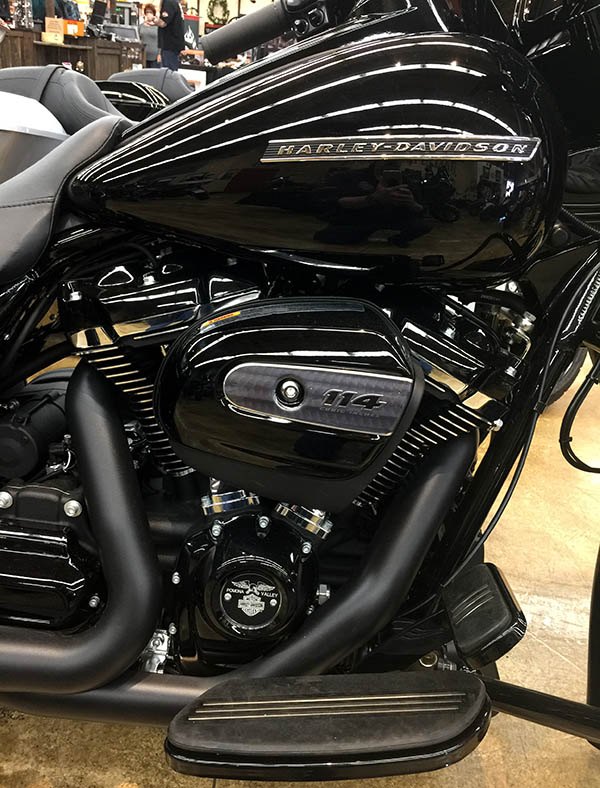
I love this time of year. The temperatures are nice (although it’s raining here in So Cal today and for the next couple of days), it’s good to get together with friends and family, and like most folks fortunate who live in the US, I have a lot for which I am thankful.
Earlier this week, I picked up a screw in one of my Subie’s tires, so it was off to America’s Tire, where they fix these things for free. The idea is that you’ll think of them first when it’s time for new tires, and in my case, you can bet that’s going to happen. It was a 2-hour wait, and I used that time to go for a walk. Our local Harley dealer is just up the street from the tire place, I hadn’t been in a Harley showroom in a while, so I stopped by to check things out.
Things have changed from when I rode a Harley. In those days, any Harley dealership was a hopping place. When I walked over to the dealer this week, the place was mostly empty, they didn’t have a ton of T-shirts, and there were plenty of motorcycles. It’s a world gone mad, I tell you.
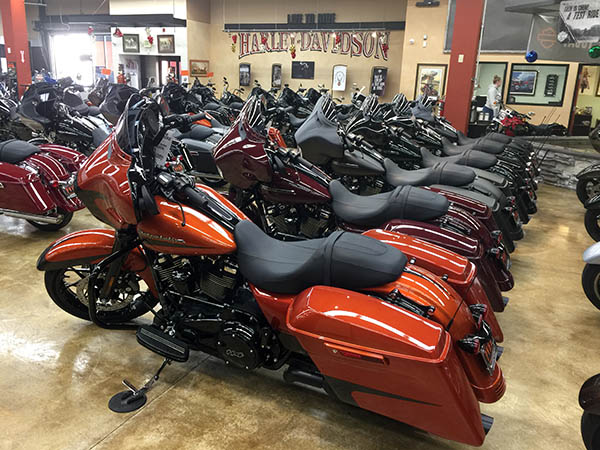
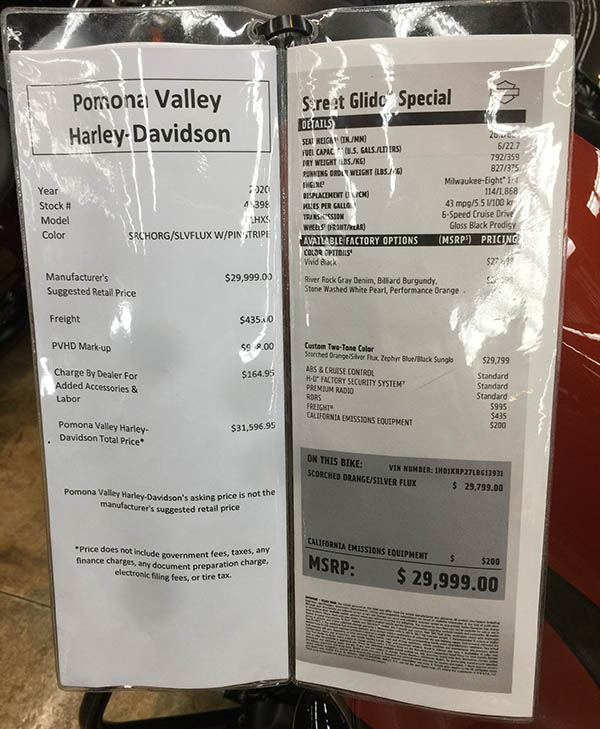
I haven’t kept up with the latest from Harley, other than the headline-grabbing stuff about the Livewire. I guess they had a hiccup with the initial rollout, but that sort of thing happens and I hear it’s been fixed. What hasn’t been fixed is the Milwaukee notion that any Harley is worth $30K, and I think that’s one of the major reasons the bar-and-shield folks’ best days are in the rear-view mirror. I haven’t heard that Livewires are flying out of the showrooms, and judging by the looks of the dealer I visited, neither is anything else. It’s not just me saying this…the stock market shows a Harley trend that is downright scary. Harley has ridden their rebel reputation big time since the early 1990s, but one place you don’t want to buck the trend is in the stock market.
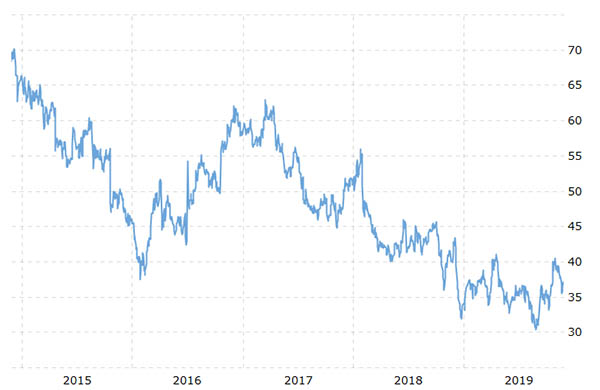
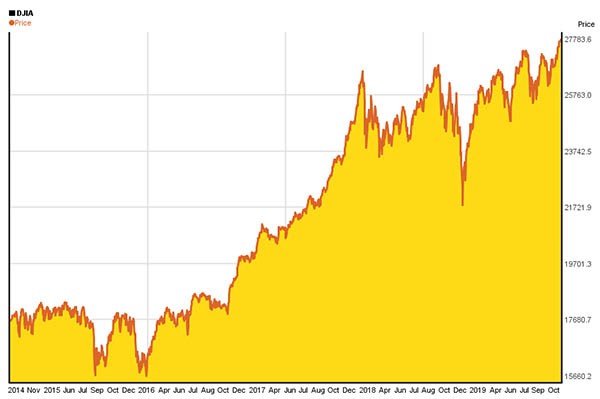
The Harley sales guy was eager to help, so I asked him about the Bronx 975 (Gresh did a piece on it not too long ago). My guy never heard of the Bronx, so I asked if they had any Sportsters (there was one, so maybe they are selling better). I then asked about Harley’s Street models (the 500 and 750 V-twins), and he told me there were none. “They didn’t sell too well,” he said. I thought that was unfortunate. I’m conceited enough to think that if Gresh and I had ridden those bikes in Baja, if Harley offered guided Baja tours to Street buyers, and if Harley had an effective blog, that bike could have been a winner. We sure sold a lot of motorcycles at CSC with those Baja tours (including to folks who didn’t ride with us in Baja). It was just the idea that they could (that, of course, and the CSC motorcycles’ price). Good buddy Dan is adventure touring in Tunisia right now along with a bunch of other Guzzistas on a ride organized by Moto Guzzi. I think that’s brilliant (and I’m jealous). Tunisia! Damn, that’s exotic!
I don’t think there’s much of a future in two-wheeled, 900-pound, 114-cubic-inch dinosaurs, but hey, what do I know? That’s a rhetorical question…I think my lack of knowledge is right up there with the industry wizards who continue to ponder the “what can we do about the sad state of the motorcycle industry” question, and then continue to offer 114-cubic-inch, $30,000 motorcycles that sit for presumably extended periods on showroom floors. And like I said earlier, I don’t think ebikes are the answer.
So, what do you think? Let us know with a comment or two. We love hearing from you. And I think the folks in Milwaukee would, too. They read these pages, I think, judging by what I’m seeing on Google Analytics. Let us know.



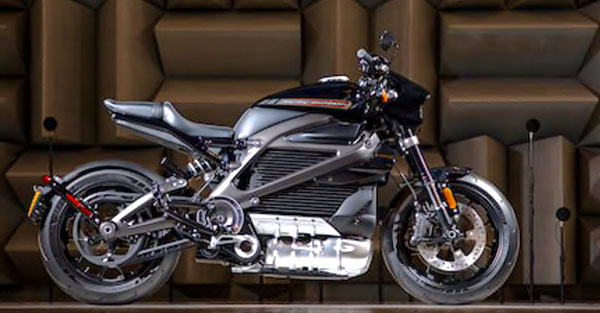 The Motley Fool is an investment advisory service newsletter I’ve been following since the 1990s, and my take on things is they generally have good advice and make predictions that have proven to be sound. Most recently, The Motley Fool published an article (
The Motley Fool is an investment advisory service newsletter I’ve been following since the 1990s, and my take on things is they generally have good advice and make predictions that have proven to be sound. Most recently, The Motley Fool published an article (

 I don’t want to hurt anyone’s feelings but us oldsters are through. Our time has passed. No one cares if we like electric motorcycles or have range anxiety or just don’t like the silence. They don’t care. Bemoan the new kids all you want but we are dead-generation walking and the future always bats last.
I don’t want to hurt anyone’s feelings but us oldsters are through. Our time has passed. No one cares if we like electric motorcycles or have range anxiety or just don’t like the silence. They don’t care. Bemoan the new kids all you want but we are dead-generation walking and the future always bats last.